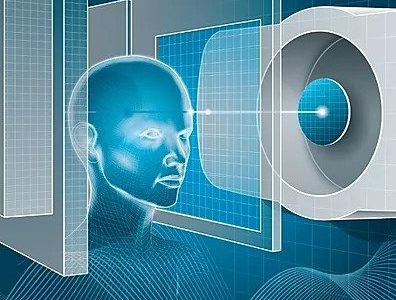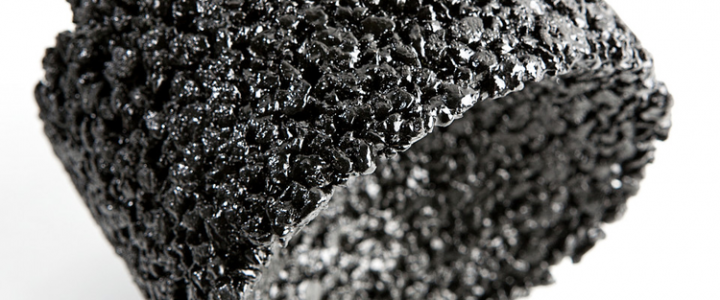| 1 YEAR (Block A|C|D|E) 2 YEAR (Block B) |
1 semester | 9 CFU |
| Corrado Di Natale | A.Y. 2019-20 (new name, ex Electronic Devices and Sensors) |
| Alexandro Catini (6cfu) Corrado Di Natale (3cfu) |
A.Y. 2022-23 A.Y. 2023-24 |
| Alexandro Catini (8cfu) Corrado Di Natale (1cfu) |
A.Y. 2024-25 |
| Code: 8039927 SSD: ING-INF/01 |
LEARNING OUTCOMES:
To introduce the student to modern sensor technologies and their major applications.
KNOWLEDGE AND UNDERSTANDING:
To make the student condition to analyze the sensor performance and to design simple sensors’ interface circuit.
APPLYING KNOWLEDGE AND UNDERSTANDING:
Capability to select sensors for each specific application MAKING JUDGEMENTS:
Evaluate in the different contexts which are the most suitable sensors and evaluate the performance using a standardized parameters set.
COMMUNICATION SKILLS:
Capability to write synthetic reports about the working principles of sensors
LEARNING SKILLS:
To learn how to solve sensors’ circuits to determine their performance and to optimally design sensor systems.
SYLLABUS:
Electronic properties of materials: semiconductors.
General properties of sensors;
Sensitivity and resolution.
Temperature sensors: thermistors, integrated sensors, thermocouples;
Mechanic sensors: Strain gauges: Introduction to MEMS: accelerometer, gyroscope, pressure and flow sensors;
Magnetic sensors;
Optical sensors: photodiodes and image sensors;
infrared sensors; interface circuits for resistive and capacitive sensors
 UNIVERSITA' DEGLI STUDI ROMA "TOR VERGATA"
UNIVERSITA' DEGLI STUDI ROMA "TOR VERGATA"
